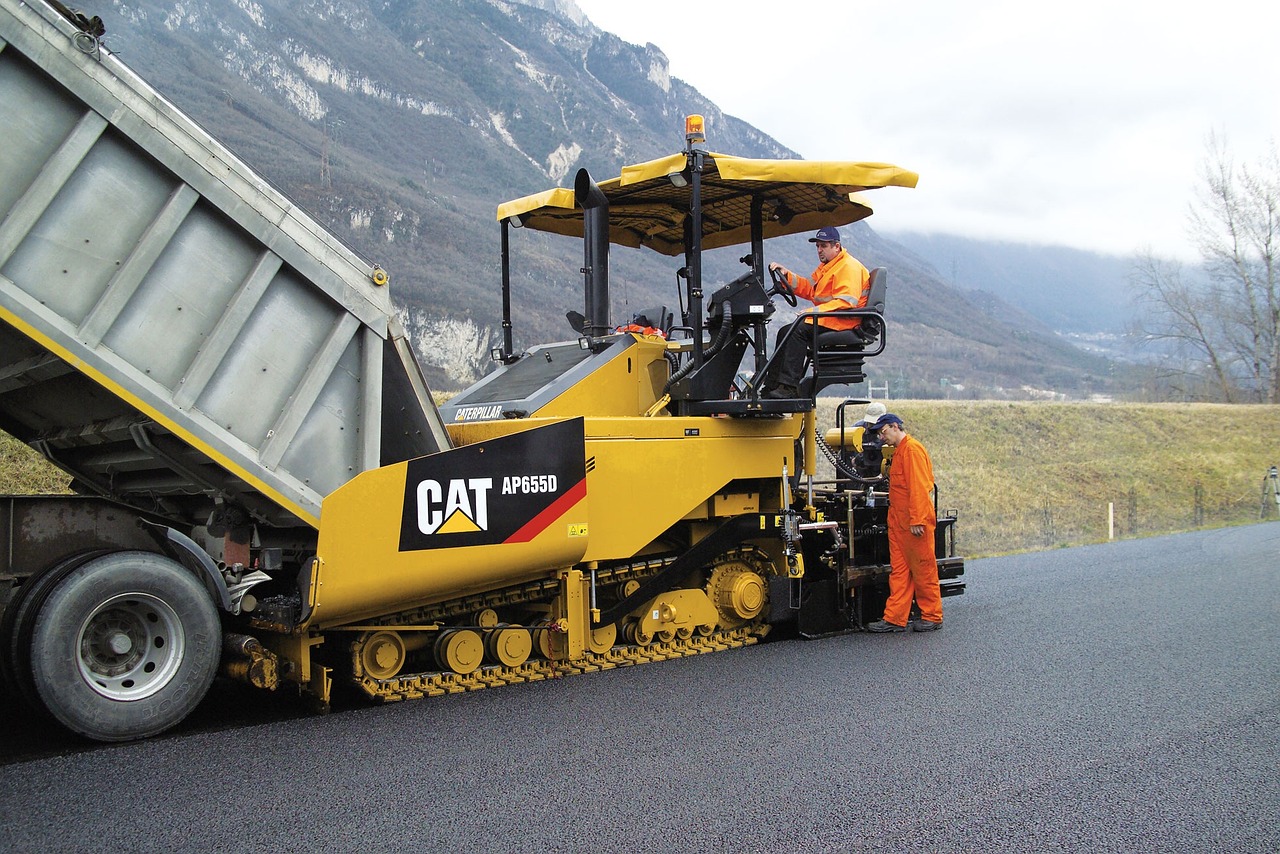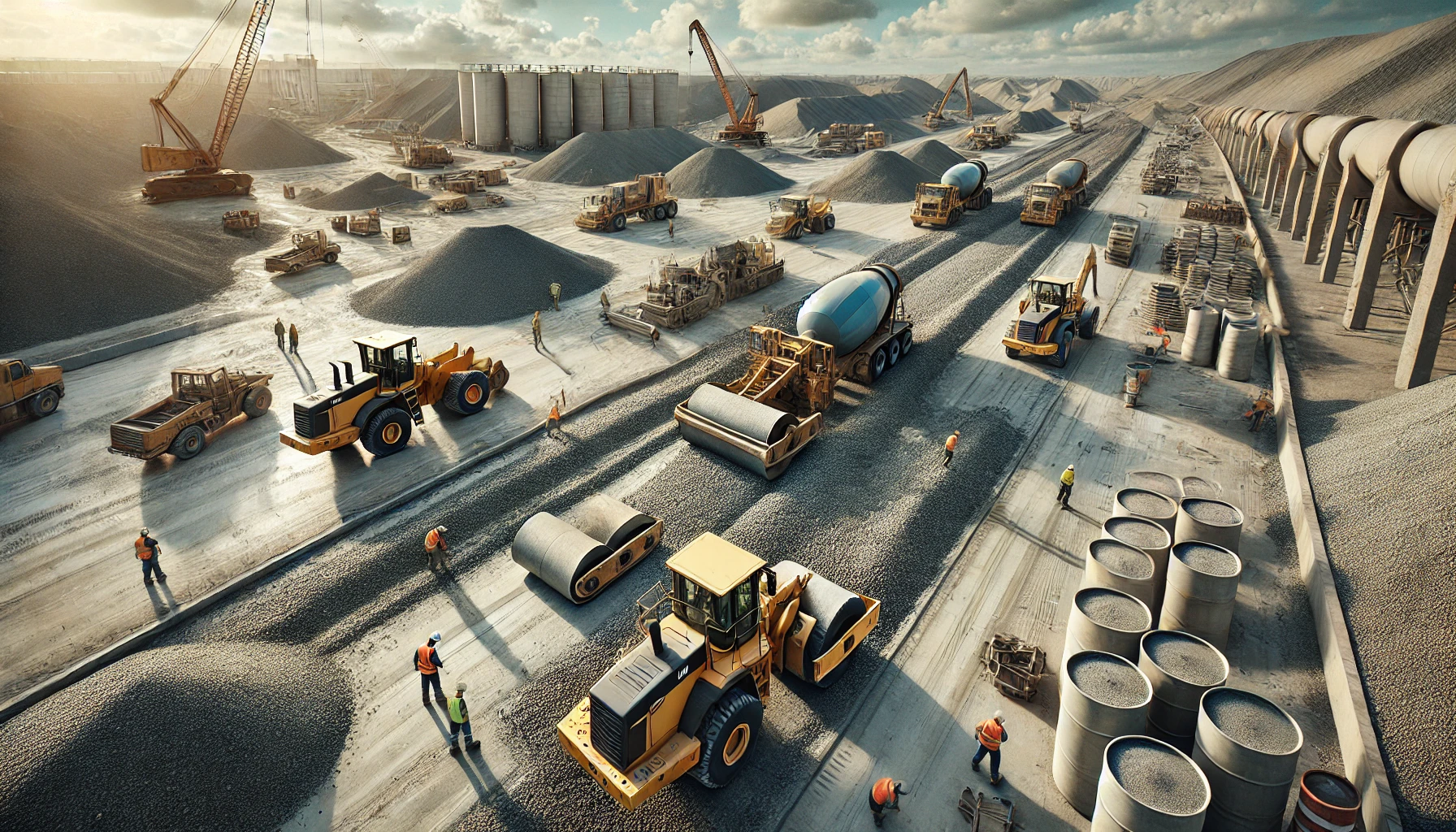Comparing Crushed Concrete Base vs. Traditional Aggregates in Philadelphia
Introduction
When selecting base materials for construction projects, crushed concrete base is often compared to traditional aggregates like limestone or gravel. Understanding the strengths and limitations of each material helps contractors and developers in Philadelphia make informed decisions that can impact project costs, timelines, and environmental footprints. This comparison aims to provide a detailed overview of the key differences, advantages, and disadvantages of both crushed concrete base and traditional aggregates.
Key Differences Between Crushed Concrete Base and Traditional Aggregates
- Cost – One of the most significant factors in material selection is cost. Crushed concrete is generally more affordable than traditional aggregates. This cost-effectiveness stems from its recycled nature. Instead of extracting new resources, crushed concrete utilizes materials from demolished structures. This recycling process reduces the need for virgin aggregate extraction, which requires quarrying, blasting, and transportation, all of which contribute to higher costs. Traditional aggregates, such as limestone or gravel, require these extensive extraction and processing steps, resulting in higher prices. Thus, for budget-conscious projects, crushed concrete offers a clear financial advantage.
- Sustainability – In an era of increasing environmental awareness, sustainability plays a crucial role in construction material selection. Using recycled concrete supports eco-friendly construction practices by diverting waste from landfills. Recycling concrete reduces the demand for new aggregate resources, conserving natural resources and minimizing environmental impact. This sustainable approach aligns with the growing emphasis on green building and circular economy principles. Traditional aggregates, while naturally occurring, involve extraction processes that can disrupt ecosystems and contribute to resource depletion. Therefore, crushed concrete stands out as the more sustainable option.
- Compaction and Stability – Both crushed concrete and traditional aggregates offer excellent load-bearing strength, which is essential for supporting structures and pavements. However, crushed concrete provides superior compaction. The angular shape and varied particle sizes of crushed concrete allow for tighter interlocking, leading to a more stable and dense base. This enhanced compaction improves the structural integrity of the base, reducing the risk of settlement and deformation over time. Traditional aggregates can also achieve good compaction, but their rounded shapes may result in less interlocking compared to crushed concrete. This difference in compaction can be a critical factor for projects with heavy loads or demanding structural requirements.
- Drainage Performance – Drainage is another critical aspect of base material performance. Crushed concrete is more permeable than traditional aggregates, facilitating better water flow. The interconnected voids within crushed concrete allow water to pass through more readily, making it ideal for stormwater management and erosion control. In areas with heavy rainfall or poor natural drainage, crushed concrete can prevent water accumulation and maintain the stability of the base. Traditional aggregates can also provide drainage, but their permeability might be lower depending on the specific type and particle size distribution. This difference in permeability makes crushed concrete a preferred choice for applications requiring efficient water management.
Which Material is Best for Your Project?
- Choose Crushed Concrete Base if your project requires cost savings, eco-friendliness, and strong compaction. Crushed concrete is an excellent choice for projects where budget constraints are a primary concern. Its sustainable nature also makes it appealing for projects aiming to minimize environmental impact. The superior compaction and drainage characteristics of crushed concrete make it suitable for applications where structural stability and water management are critical.
- Choose Traditional Aggregates if your project demands high purity, specific material consistency, or a natural appearance. Some projects may require materials with very specific properties, such as a particular chemical composition or grain size distribution. In such cases, traditional aggregates may offer better control over material characteristics. Additionally, for projects where aesthetics are important, the natural appearance of traditional aggregates may be preferred.
Conclusion
For Philadelphia construction projects, crushed concrete base is an economical, sustainable, and durable alternative to traditional aggregates. Borrow pits and local suppliers offer accessible options for integrating recycled materials into new developments, promoting a circular economy and reducing reliance on virgin resources. By carefully considering the specific requirements of each project, contractors and developers can make informed decisions that optimize cost, performance, and environmental sustainability. The choice between crushed concrete and traditional aggregates depends on various factors, including budget, structural needs, environmental considerations, and aesthetic preferences.




